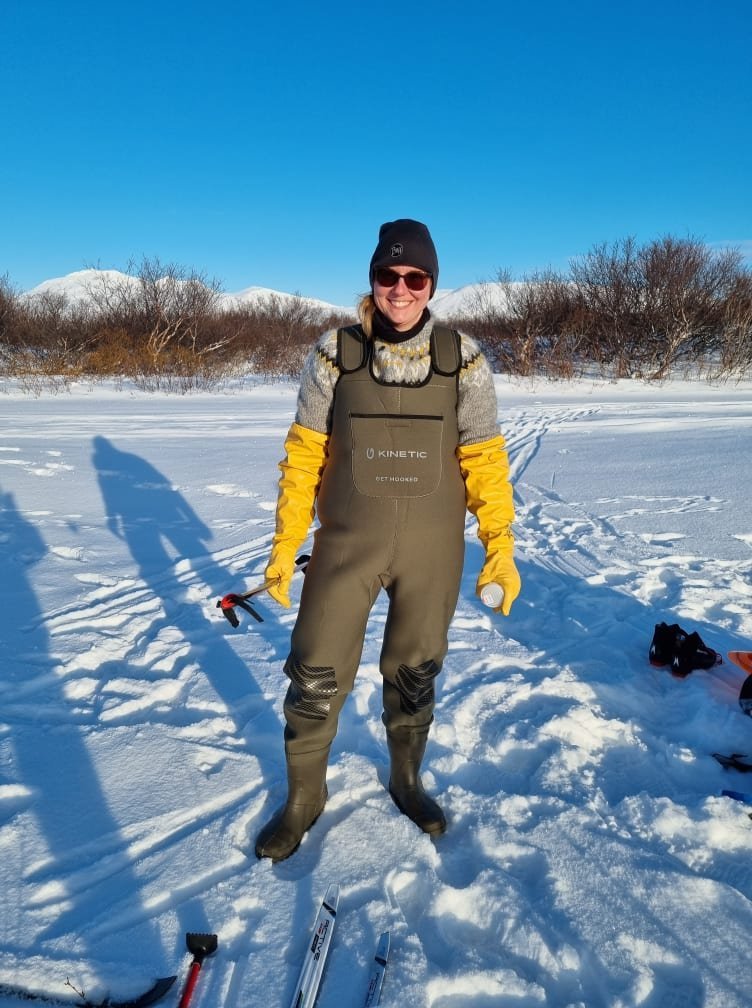- Rannsóknir
- Dýrasvif
- Efnagreiningar
- EU verkefni
- Ferskvatnsfiskar
- Stangveiði
- Fiskmerkingar
- Framandi sjávarlífverur
- Hafsjá
- Hvalarannsóknir
- Kolmunni
- Kortlagning búsvæða
- Kortlagning hafsbotnsins
- Arnarfjörður
- Drekasvæði
- Hali Dohrnbanki
- Ísafjarðardjúp
- Jökulbanki
- Jökuldjúp
- Kolbeinseyjarhryggur og nágrenni
- Kolluáll
- Kötluhryggir
- Langanesgrunn
- Látragrunn
- Nesdjúp
- Reykjaneshryggur og nágrenni
- Selvogsbanki
- Suðaustan Lónsdjúps
- Suðausturmið
- Suðurdjúp
- Suðvestan Jökuldjúps
- Sunnan Selvogsbanka
- Sunnan Skeiðarárdjúps
- Sunnan Skerjadjúps
- Vesturdjúp
- Víkuráll
- Kvarnir og aldursákvörðun beinfiska
- Loðna
- Makríll
- Myndavélar við stofnmat
- Sjórannsóknir
- Steinbítur & hlýri
- Stofnmælingar
- Veiðarfærasjá
- Vöktun eiturþörunga
- Vöktun veiðiáa
- Þörungarannsóknir
- Ráðgjöf
- Miðlun
- Ársskýrsluvefur
- Fréttir & tilkynningar
- Fyrir skóla
- Lax- og silungsveiðin - tölur
- Málstofa
- Merki/logo
- Myndbönd
- Útgáfa
- YouTube
- Öryggi & persónuvernd
- Um okkur
Málstofa fimmtudaginn 24. mars, kl 12:30
22. mars 2022
Fimmtudaginn 24. mars kl. 12:30 verður málstofa Hafrannsóknastofnunar haldin í fundarsal á 1. hæð að Fornubúðum 5 í Hafnarfirði.
Ragnhildur Guðmundsdóttir, sérfræðingur á Náttúruminjasafni Íslands flytur erindið: Grunnvatnsmarflóin Crangonyx islandicus og búsvæði hennar/Crangonyx islandicus and the subsurface habitat.
Fyrirlestur og glærur verða á ensku.
Erindi verður streymt á YouTube rás Hafrannsóknastofnunar,
https://www.youtube.com/channel/UCirTCP_aKFKz8LMoFoxWGbA
Ágrip
Íslandsmarflóin, Crangonyx islandicus, er grunnvatnsmarflóartegund sem finnst eingöngu á Íslandi. Erfðarannsóknir hafa sýnt að hún hefur aðgreinst hér á landi í um 4,8 milljónir ára sem bendir til þess að hún hafi lifað af undir ísaldarjökli en á þessu tímabili hefur Ísland endurtekið verið þakið jöklum. Líklega hefur tegundin verið á Íslandi allt frá því að forveri Íslands varð að eyju, þegar landbrúin til Grænlands rofnaði fyrir um 15 milljónum ára. Núverandi þekkt útbreiðsla tegundarinnar er í grunnvatni hraunalinda á flekaskilum landsins. Þessar lindir eru eins konar náttúrulegur gluggi inn í grunnvatnskerfið en þar má finna vistkerfi á mótum grunnvatns, yfirborðsvatns og yfirliggjandi jarðvegs. Í þessari ritgerð er örverusamfélag þessa svæðis og marflónna skoðað, bæði til að kanna frekara líf í þessu lítt þekkta kerfi og til að skoða þá ferla sem hafa mótað samfélögin. Niðurstöðurnar benda til þess að á marflónum finnist nokkrar tegundir af bifdýrum og bakteríum sem ekki finnast í uppsprettunum nema að litlu leyti. Bæði slembiferlar og umhverfisþættir reyndust stýra tegundasamsetningunni fyrir örveruhópana í uppsprettunum. Þættir eins og sýrustig, hitastig, tilvist fiska og landfræðileg staðsetning mótuðu bakteríusamfélögin á meðan hitastig og far réðu mestu um samsetningu bifdýrasamfélaganna. Meðal bakteríanna var að finna ýmsa efnatillífandi hópa sem bendir til þess að frumframleiðni á sér stað í grunnvatnskerfinu. Það gæti því mögulega útskýrt hvernig marflærnar gátu lifað af jökulskeið í grunnvatni landsins.
Crangonyx islandicus is a groundwater amphipod endemic to Iceland. Genetic analysis suggests that the species has been diverging in Iceland for at least 4.8 Myrs indicating it has survived in a subglacial refugia as Iceland was repeatedly covered by glaciers during that time period. The species has probably been inhabiting Iceland since before the island was formed, when the land bridge to Greenland collapsed into the ocean approximately 15 Mys ago. Currently, their habitat is in the subsurface of spring sources within the lava fields along the tectonic plate boundary. These spring sources act as a window into the groundwater, but they are also a complex ecotone where groundwater mixes with surface water and the terrestrial ecosystem. In this thesis, the microbial community composition associated with the amphipods and their habitat was examined both to inspect if more taxa could be found in this unique habitat and to elucidate which processes are likely to shape the community composition of microbial species in the habitat. The results showed that the amphipods are accompanied by a few ciliate and bacteria taxa that are unique to these amphipods but can only be marginally detected in the spring source. Both stochastic and deterministic processes were found to shape the bacteria and ciliate communities in the spring source. Variables such as pH, temperature, presence of fish and geographical location were found to shape the bacterial community while temperature and dispersal was shaping the ciliate communities. The bacterial community in the water from spring sources and in the biofilms harbored chemolithoautotrophic taxa, indicating primary production in the groundwater system, thus, providing a possible explanation for the subglacial survival of the amphipods during Ice age.
Um Ragnhildi
Ragnhildur Guðmundsdóttir lauk BSc-prófi í líffræði frá Háskóla Íslands árið 2005. Eftir BSc-próf starfaði hún við áturannsóknir á Hafrannsóknastofnun áður en hún hóf svo meistaranám í sjávarvistfræði við Háskólann í Tromsø í Noregi og við Háskólasetrið á Svalbarða (UNIS) sem lauk 2008. Meistaraverkefnið fjallaði um útbreiðslu tveggja systurtegunda smáátu við Svalbarða. Ragnhildur lauk viðbótardiplómu í kennslufræðum náttúrufræðigreina 2012 og doktorsprófi í líffræði 2020 en doktorsritgerðin fjallaði um örverur í grunnvatni og lindaruppsprettum í tengslum við grunnvatnsmarflóna Crangonyx islandicus. Rannsóknaáhugi Ragnhildar snýr aðallega að líffræðilegri fjölbreytni og hvernig samspil lífrænna og ólífrænna þátta koma að mótun tegundasamfélaga. Ragnhildur starfar nú sem sérfræðingur og safnkennari við Náttúruminjasafn Íslands.
Ragnhildur Guðmundsdóttir did her undergraduate studies in biology at the University of Iceland finishing in 2005. After graduating she worked at the MRFI before she went on to do a Masters degree in marine ecology at the University in Tromsø, Norway and at the University centre in Svalbard (UNIS). Her masters project was on the distribution of two cryptic copepod species around Svalbard. Ragnhildur finished a diploma in pedagogical studies at the University of Iceland in 2012 and a PhD in biology from the same university in 2020. Her doctoral thesis was on microbes in groundwater and spring sources in connection to the groundwater amphipod Crangonyx islandicus. Ragnhildur´s research interest are mainly within the field of biodiversity and how biotic and abiotic factors affect the formation of communities. She works now as a specialist and museum educator at the Natural History Museum of Iceland.



